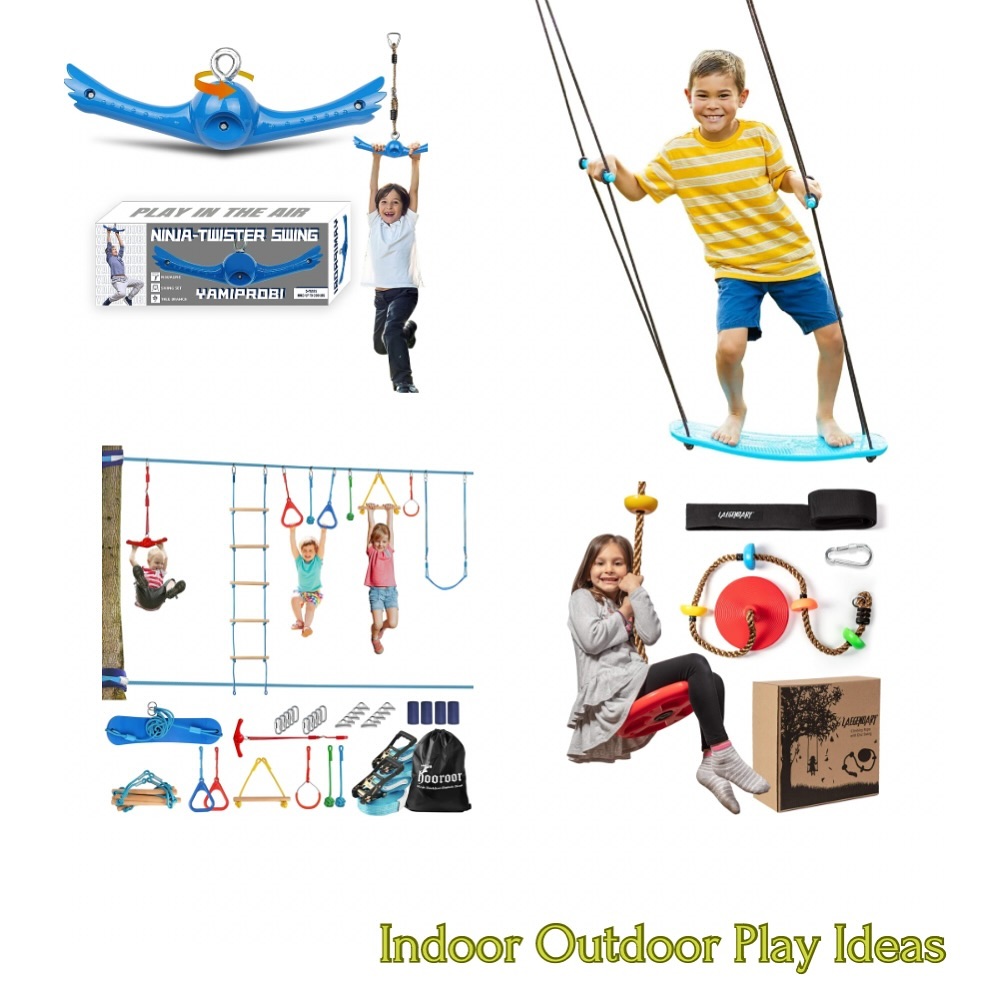The benefits of swings extend beyond just fun; they also offer several developmental advantages for children:
- Physical Development: Swinging helps develop gross motor skills, including balance, coordination, and body awareness. Pushing off and pumping legs to propel the swing forward strengthen leg muscles and improve overall physical fitness.
Sensory Stimulation: Swinging provides sensory input through the movement and vestibular stimulation
- Spatial Awareness: Swinging through different trajectories helps children develop spatial awareness as they judge distances, speeds, and directions while swinging back and forth.
- Social Interaction: Swings encourage social interaction and cooperation as children take turns pushing each other or engaging in parallel play while swinging side by side. It fosters social skills such as sharing, communication, and cooperation.
- Emotional Regulation: Swinging can have a calming effect on children and help regulate emotions by providing a rhythmic and repetitive motion that promotes relaxation and stress relief.
- Risk Management: Swinging allows children to experience controlled risk-taking in a safe environment. They learn to assess and manage risks as they experiment with different swinging speeds and heights.
- Imagination and Creativity: Swinging sparks imaginative play and creativity as children pretend to fly like birds, ride on a magical adventure, or engage in role-playing scenarios while swinging.
- Emotional Development: Swinging can evoke feelings of joy, exhilaration, and freedom, contributing to emotional development and well-being. It provides opportunities for self-expression and self-confidence as children master swinging skills and overcome fears.
Products:

